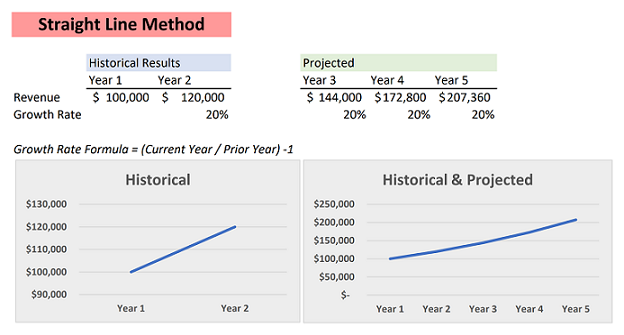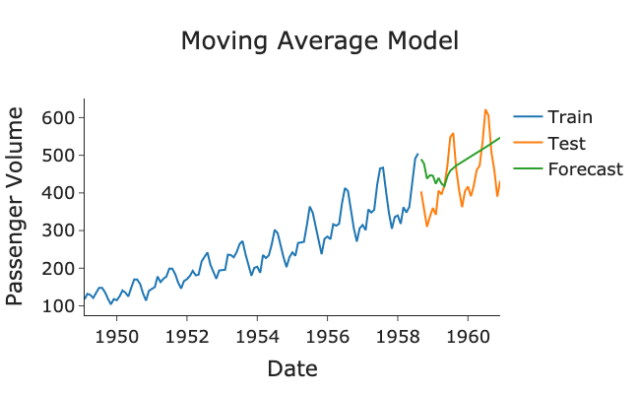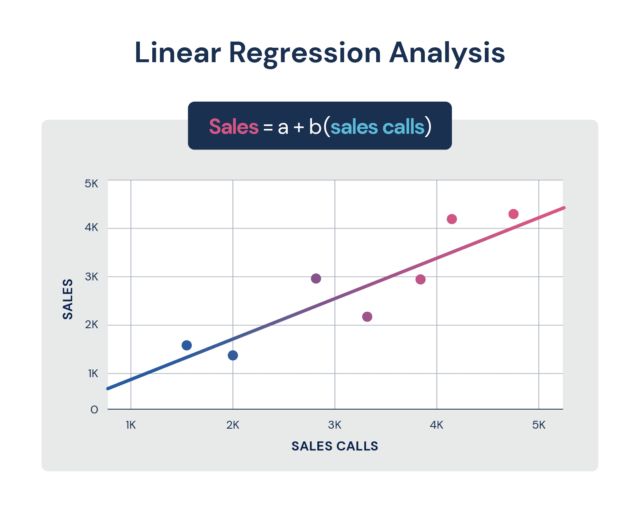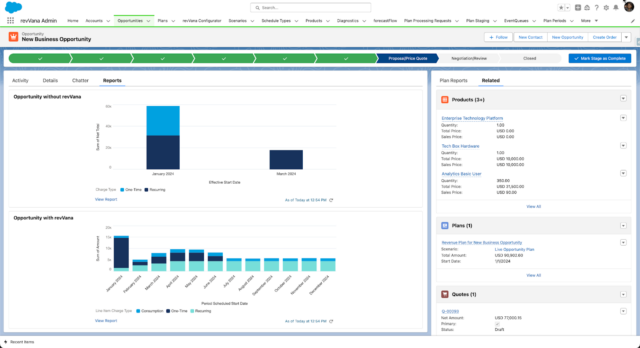

5 Key Strategies to Enhance Data-Sharing Compliance for Advertising Organizations
Managing and forecasting variable revenue streams is a daunting task for any industry, but it’s particularly complex in media and advertising.

Last updated on Friday, June 14, 2024
Revenue forecasting involves estimating a company’s future revenue using historical data, predictive models, and qualitative insights. These forecasts provide an expected revenue projection for a specific future period.
The forecasting timeframe can vary from the next week to the next quarter, or even up to five years. Short-term forecasts often concentrate on immediate sales pipeline conversion, while long-term forecasts adopt a broader, market-based perspective.
The primary aim of revenue forecasting is to deliver the most precise future revenue prediction based on current data. These forecasts can be enhanced by incorporating attribution data, which identifies the specific marketing or sales activities that drive actual revenue. This data is most commonly found inside of Salesforce, and is why it’s important to utilize Salesforce, or your chosen CRM, for your revenue forecasting instead of spreadsheets.
Data-Driven Decision Making
Implementing revenue forecasting models allows you to predict future revenue, enhancing your budgeting process and cash flow management. Accurate forecasts ensure that you allocate resources efficiently and maintain financial stability.
Inter-Departmental Alignment
Forecasting models optimize various teams by giving essential data such as when you will have cash in hand, product demand, and compensation planning within sales. Operations can better allocate budgets for inventory, while HR can adjust hiring plans based on projected revenue.
Strategic Planning
Revenue forecasting empowers you to set and achieve new revenue targets by anticipating dips and strategically planning campaigns to counter them. Additionally, accurate forecasting can attract investor interest by demonstrating predictable profitability, aiding in securing funding to fuel business growth.
Ensure You Have Real-Time Data
Using reliable revenue forecasting software is crucial for maintaining accurate data. Tools like revVana automate forecasting processes and improve prediction accuracy, ensuring your forecasts are based on the most reliable information. revVana does all of this inside of Salesforce.
Get Everyone on the Same Page
Appoint a leader or team dedicated to forecasting, most common is a revenue operations department. Ensure regular meetings and support for team members like finance and sales managers to keep everyone aligned and informed.
Regularly Update Your Forecast
Consistently update your forecast with new data, whether monthly, weekly, or even daily, to maintain alignment with revenue goals. Keeping your forecasting data within your CRM helps maintain real-time accuracy.
Straight Line Forecasting
Straight line forecasting relies on historical data to predict future company growth, assuming steady and consistent growth. It’s suitable for established industries with stable market conditions.

Source: Insights For Professionals
Moving Average Forecasting
This model uses historical data to analyze shorter time intervals, identifying market trends and seasonal fluctuations. It’s ideal for businesses with seasonal variations, providing a clearer picture of short-term revenue trends.

Time Series Forecasting
Time series forecasting analyzes specific time intervals (months, quarters, years) to forecast future revenue. It’s useful for businesses with cyclical revenue models, helping to plan campaigns and allocate resources effectively.

Linear Regression Forecasting
Linear regression forecasting examines the relationship between two variables, typically profits and sales, to forecast revenue growth or decline. It helps businesses adjust growth strategies, resource allocation, and pricing based on the identified trends.

The best forecasting method depends on your specific use case.
Leaders must understand their industry’s revenue drivers and tailor the forecasting methodology accordingly. Combining methods can also be beneficial. For example, using time series analysis for short-term forecasts and a moving-average approach for annual budgets can provide a comprehensive view.
Adapting forecasting approaches to match business realities ensures the accuracy and insights needed for confident decision-making. It’s also valuable to bring finance logic/revenue models into Salesforce (Or whichever CRM you’re utilizing) to provide the most up-to-date, and accurate forecasts. It also allows for better cross-department alignment. Tools like revVana can help with this.

revVana brings finance logic and different revenue models directly into Salesforce, eliminating the need for spreadsheets for forecasting. This integration allows for real-time, accurate revenue forecasting within a familiar platform. revVana also enables consumption forecasting, allowing businesses to predict revenue based on customer usage patterns and other consumption metrics.
If you’re ready to enhance your revenue forecasting capabilities and drive business growth, contact us to learn how revVana can support your efforts. Our tools and expertise can help you implement the best revenue forecasting models tailored to your business needs.